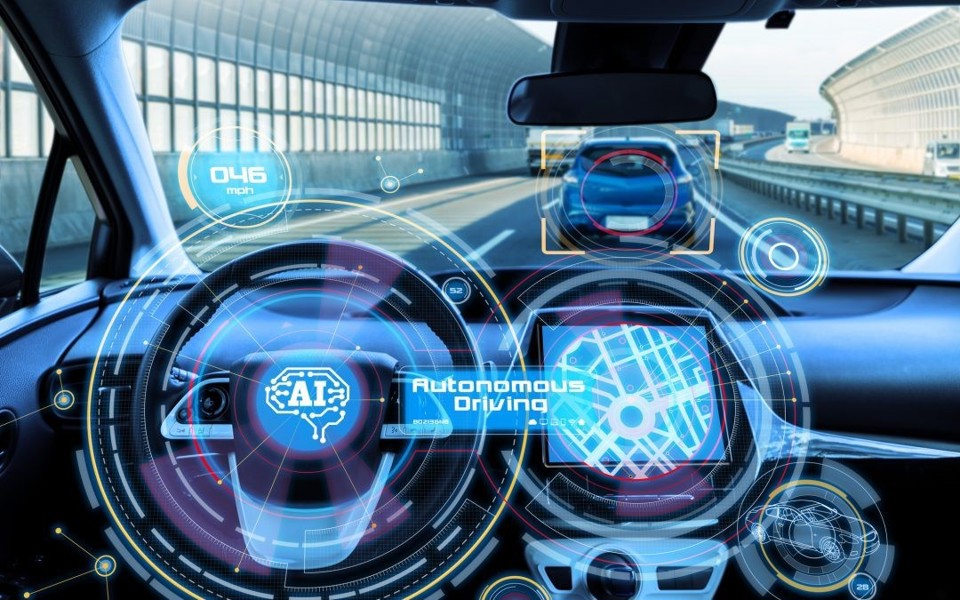Autonomous driving technology is advancing at a rapid pace with one in four new cars globally expected to feature at least level three autonomy by 2030.
A new report from Frost and Sullivan, Global Autonomous Driving Industry Outlook 2019, highlights key market and technology trends shaping future prospects.
On the business front, the research dives deeper into the impact of autonomy, focusing on ways to monetise and personalise data as the industry evolves.
On the technology front, the study focuses on developments required at the platform level to add redundancies, fuse sensory data and build the necessary computational ecosystem. Along with trends, the outlook forecasts share of vehicles by levels of autonomy.
“Sensor fusion will be a major aspect of autonomous vehicle development. The transition from discrete sensor processing to sensor fusion will be through either raw sensors or smart sensors based on E/E architecture,” said Ayan Biswas, mobility senior research analyst, Frost and Sullivan.
Last year, the market focused on shared mobility platforms, consolidation of electrical/electronic (E/E) architecture, and greater integration of Artificial Intelligence (AI).
Now the industry is witnessing significant progress in driverless technology, with developments in enhanced sensor solutions, Level 2+ deployment and tele-operations.
Developing and deploying Level 4 and Level 5 vehicles will take longer, which is why Level 2+ features are expected to be pushed by original equipment manufacturers (OEMs) and Tier 1 suppliers to add to the value proposition in the ADAS market. By 2030, one in four cars sold (18 million) globally is expected to be automated (Level 3 and above), with Level 4 leading the growth.
Level 3 and 4 technologies mean drivers will still be necessary but are able to completely shift safety-critical functions to the vehicle under certain conditions. Not driver will be required at all at Level 5.
“The introduction of Level 2+ and Level 3 features will create opportunities for the integration of multicore advanced driver-assistance systems (ADAS) domain controller. This will reduce the architectural complexity and weight on the chassis by decreasing the amount of wiring and facilitating high-speed communication and data transmission.”
The British and German premium carmakers said that the collaboration will help them manage the transition towards a future of autonomous, connected, electric, shared (ACES) mobility.















Login to comment
Comments
No comments have been made yet.